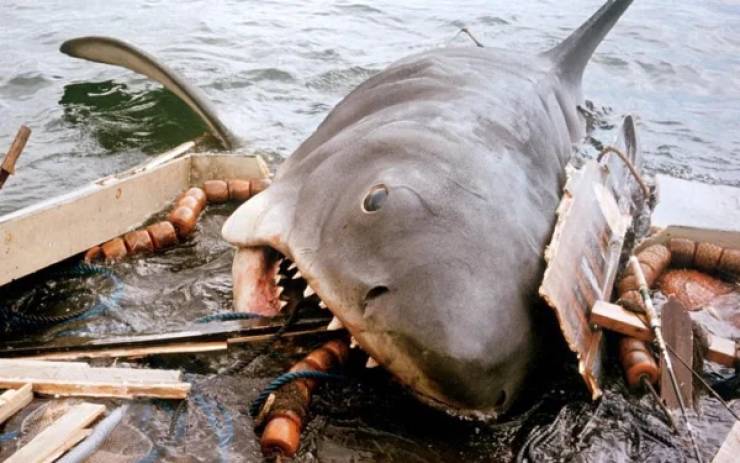 The title “Jaws” seems iconic but Peter Benchley, author of the book, considered several other choices like “The Stillness in the Water,” “The Silence of the Deep,” “Leviathan Rising,” and “The Jaws of Death.”
The title “Jaws” seems iconic but Peter Benchley, author of the book, considered several other choices like “The Stillness in the Water,” “The Silence of the Deep,” “Leviathan Rising,” and “The Jaws of Death.”
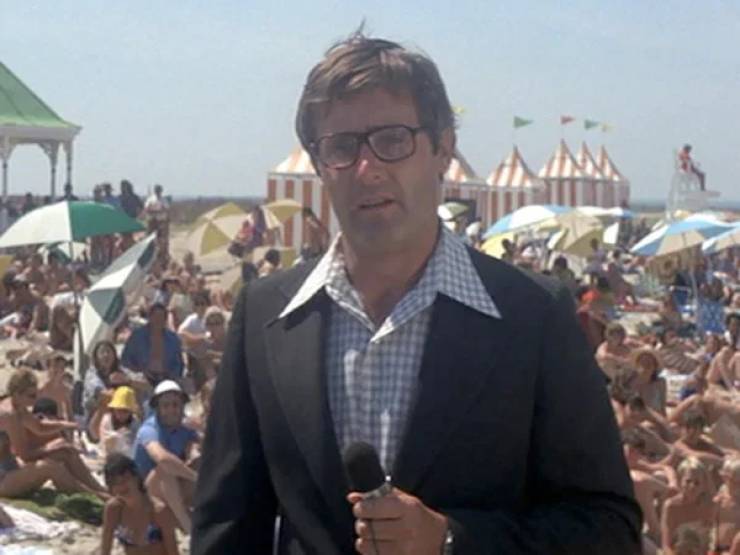
Benchley himself can be seen in a cameo in the film as the news reporter who addresses the camera on the beach.
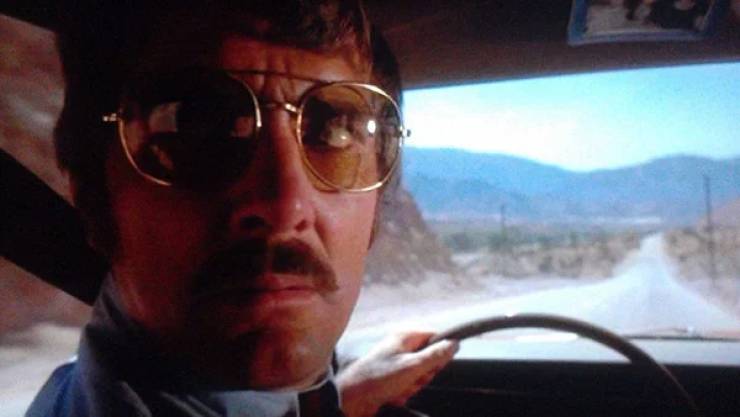
Steven Spielberg was chosen to direct Jaws by producers Richard Zanuck and David Brown (who had also worked with the then-28-year-old director on his 1974 film The Sugarland Express) because of his film Duel, which featured a maniacal trucker terrorizing a mild-mannered driver.
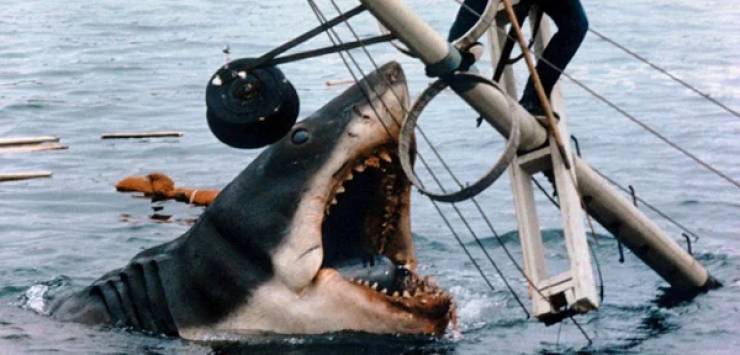
The shark doesn’t fully appear in a shot until 1 hour and 21 minutes into the two-hour film. The mechanical shark rarely worked during filming, so Spielberg had to create inventive ways (like Quint’s yellow barrels) to shoot around the non-functional shark.
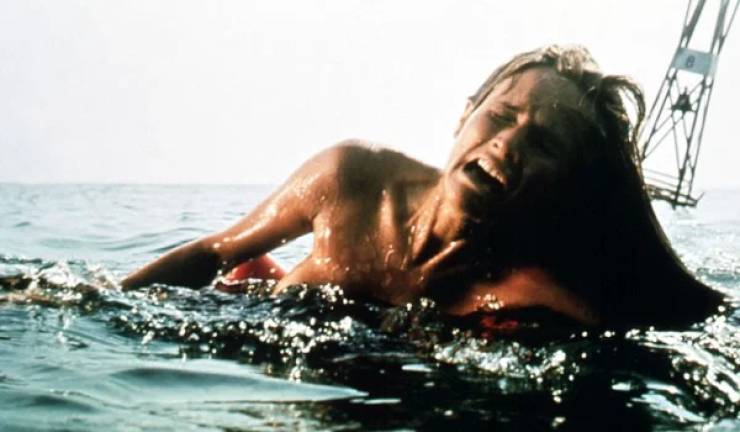
Jaws was plagued with technical problems and the scheduled 65-day shoot ballooned into 159 days, not counting post-production.
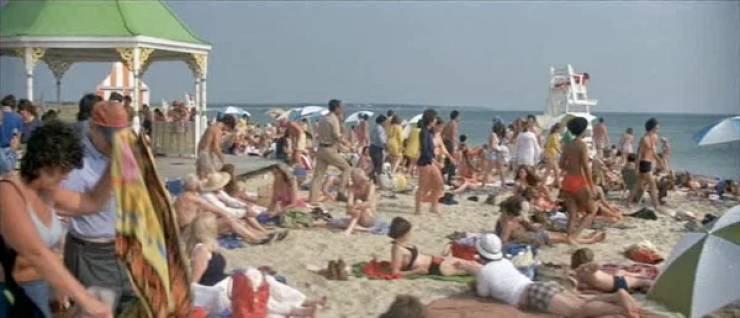
To create the fictional town of Amity, the production shot on location in Edgartown and Menemsha on Martha’s Vineyard in Massachusetts.
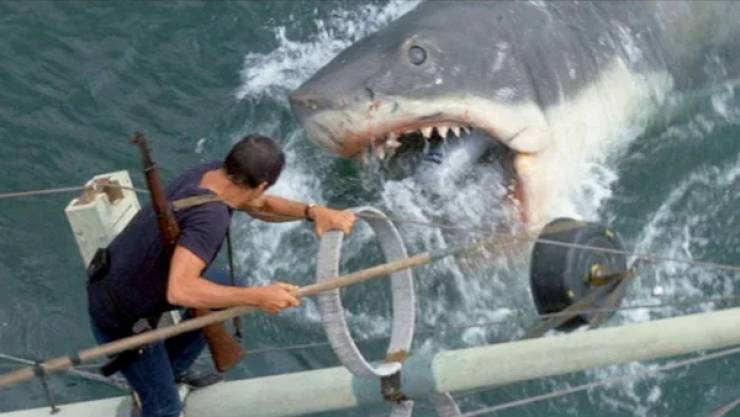
The mechanical shark weighed 1.2 tons and measure 25 feet in length.
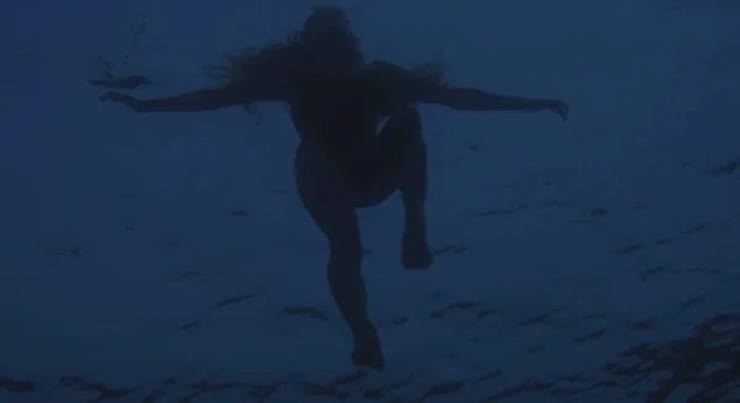
The opening scene took three days to shoot. To achieve the jolting motions of the shark attacking the swimmer in the opening sequence, a harness with cables was attached to actress Susan Backlinie’s legs and was pulled by crewmembers back and forth along the shoreline. Spielberg told the crew not to let Backlinie know when she would be yanked back and forth, so her terrified reaction is genuine.
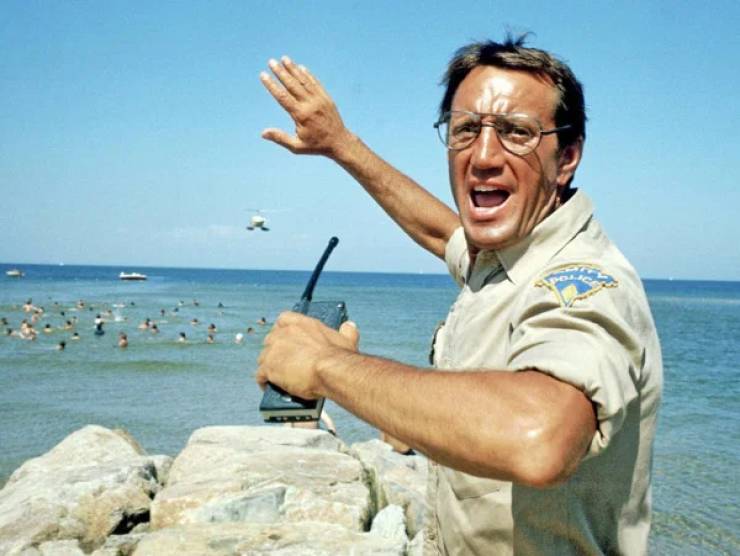
Roy Scheider got the part of Chief Martin Brody after overhearing Spielberg talking to a friend at a Hollywood party about the scene where the shark leaps out of the water and onto Quint’s boat. Scheider was instantly enthralled, and asked Spielberg if he could be in the film.
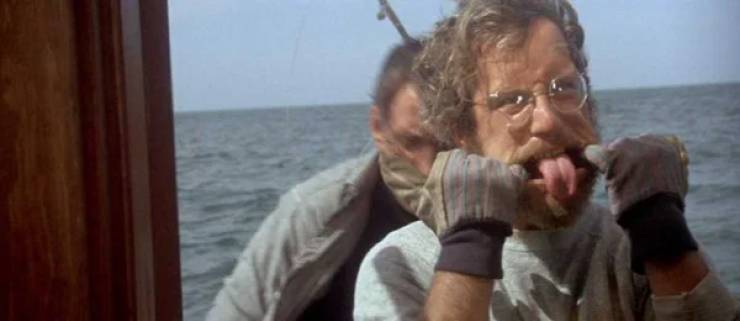
Spielberg initially approached Jon Voight, Timothy Bottoms, and Jeff Bridges to play oceanographer Matt Hooper. When none of them could commit to the role, Spielberg’s friend George Lucas suggested Richard Dreyfuss, whom Lucas has directed in American Graffiti.
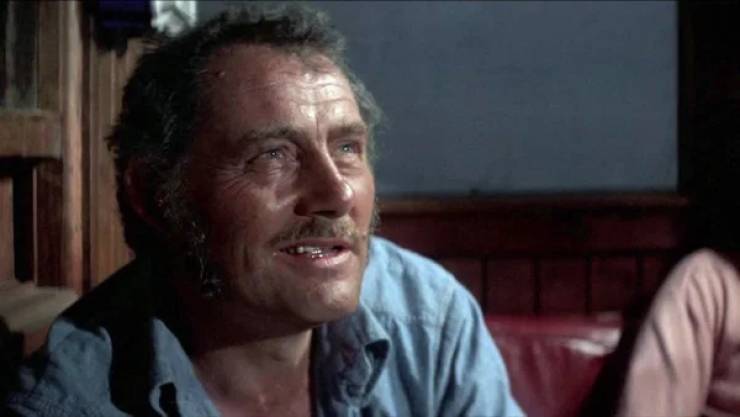
Actors Lee Marvin and Sterling Hayden—the first and second choices to play the grizzled fisherman Quint, respectively—both turned Spielberg down, so producers Zanuck and Brown recommended English actor Robert Shaw, whom they had previously worked with on 1973’s The Sting.
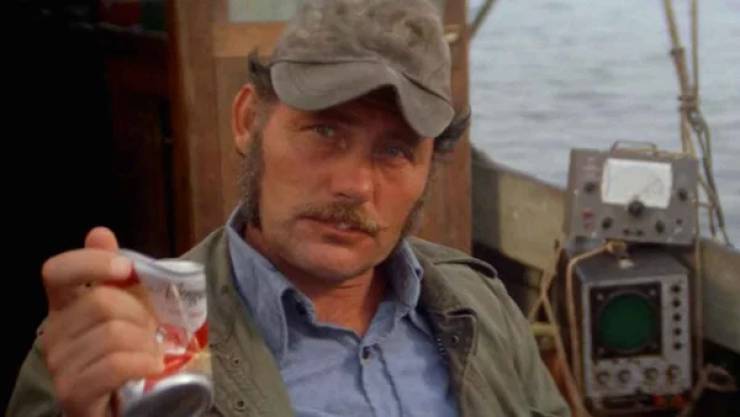
Shaw based his performance of Quint on Martha’s Vineyard native and fisherman Craig Kingsbury, a non-actor who appears in the film as Ben Gardner. Kingsbury helped Shaw with his accent and allegedly told Shaw old sea stories that the actor incorporated into his improvised dialogue as Quint.
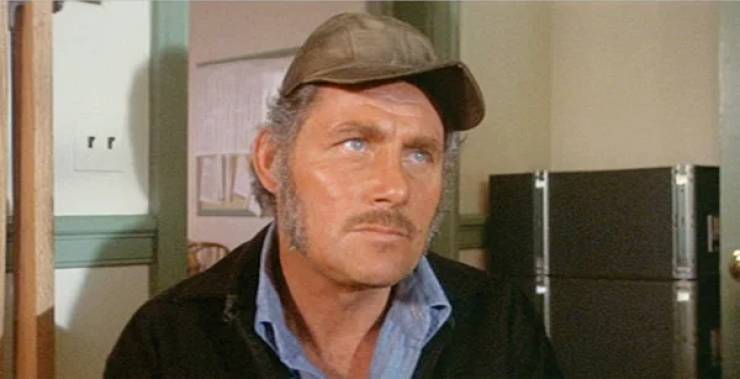
In early drafts of the screenplay, Quint was originally introduced while causing a disturbance in a movie theater while watching John Huston’s 1958 adaptation of Moby Dick. The scene was shot, but actor Gregory Peck—who plays Captain Ahab in that movie—owned the rights to the film version of Moby Dick and wouldn’t let the filmmakers on Jaws use the footage, so the sequence was cut.
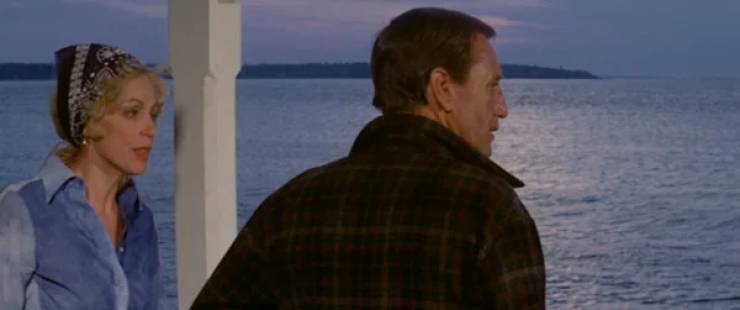
The book is considerably different from the movie. Early drafts of the screenplay featured a subplot where Hooper has an affair with Chief Brody’s wife, which was carted over from the book. Another detail left out of the movie from the book was that Mayor Vaughn was under pressure from the mafia, not local business owners, to keep Amity’s beaches open because of their real estate investments on the island.
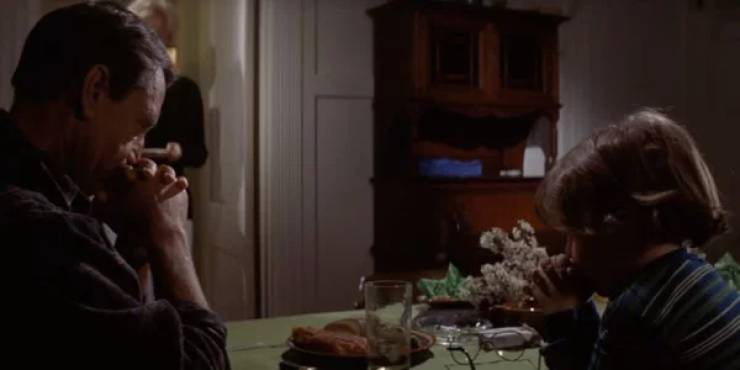
The scene where Brody’s son Sean mimics his father’s movements at the dinner table was based on a real thing that happened between Scheider and child actor Jay Mello in between takes. Spielberg loved the off-the-cuff moment so much that he re-staged it and put it in the movie.
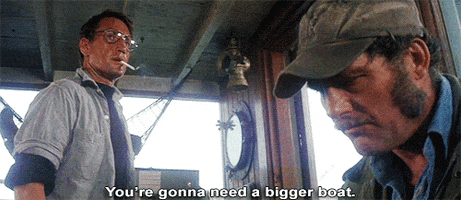
Brody’s famous “You’re gonna need a bigger boat” line was entirely improvised by Scheider on the day of shooting—and based on an inside joke within the production.
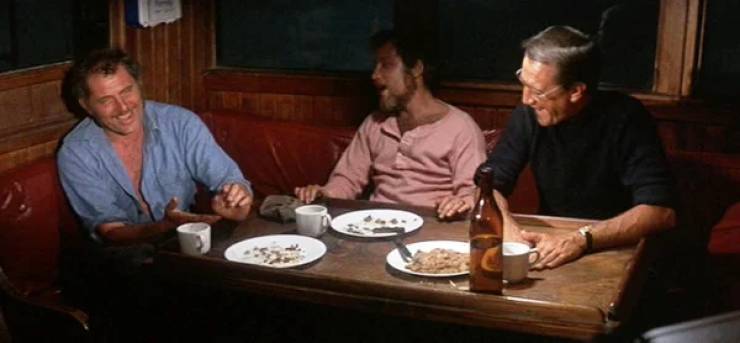
Quint’s U.S.S. Indianapolis speech wasn’t in the novel, and the backstory of Quint being a sailor on the ship first appeared in an uncredited rewrite of the script by playwright Howard Sackler.
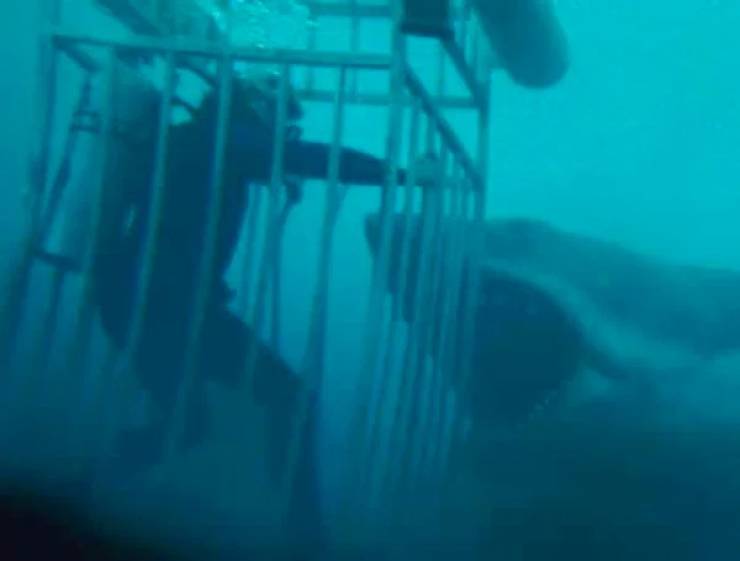
Spielberg hired experts Ron and Valerie Taylor to shoot underwater footage of 14-foot sharks off the coast of Australia. For scale, they hired a little person actor named Carl Rizzo to appear as Hooper in a mini shark cage in hopes that they could create the illusion of a shark attacking the character.
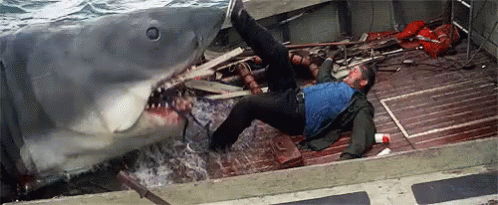
Despite the bloody shark attacks, the movie was somehow rated PG (PG-13 wouldn’t exist for 9 years).
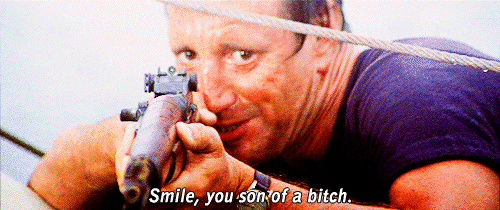
Jaws was the first movie released in more than 400 theaters in the United States, and the first movie to gross over $100 million at the box office. It was the highest grossing movie of all time until Star Wars was released two years later.
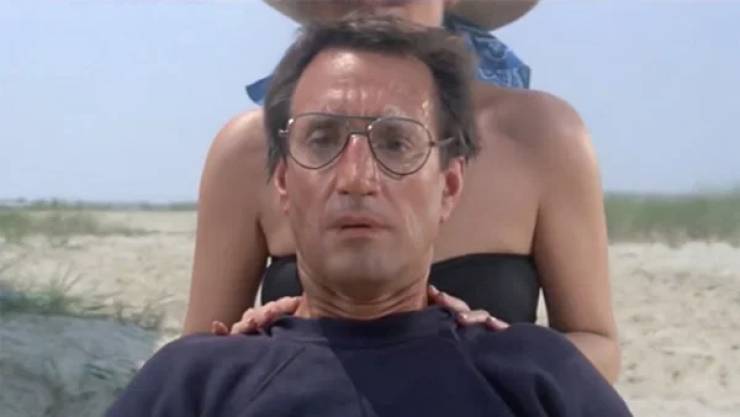
 Barnorama All Fun In The Barn
Barnorama All Fun In The Barn